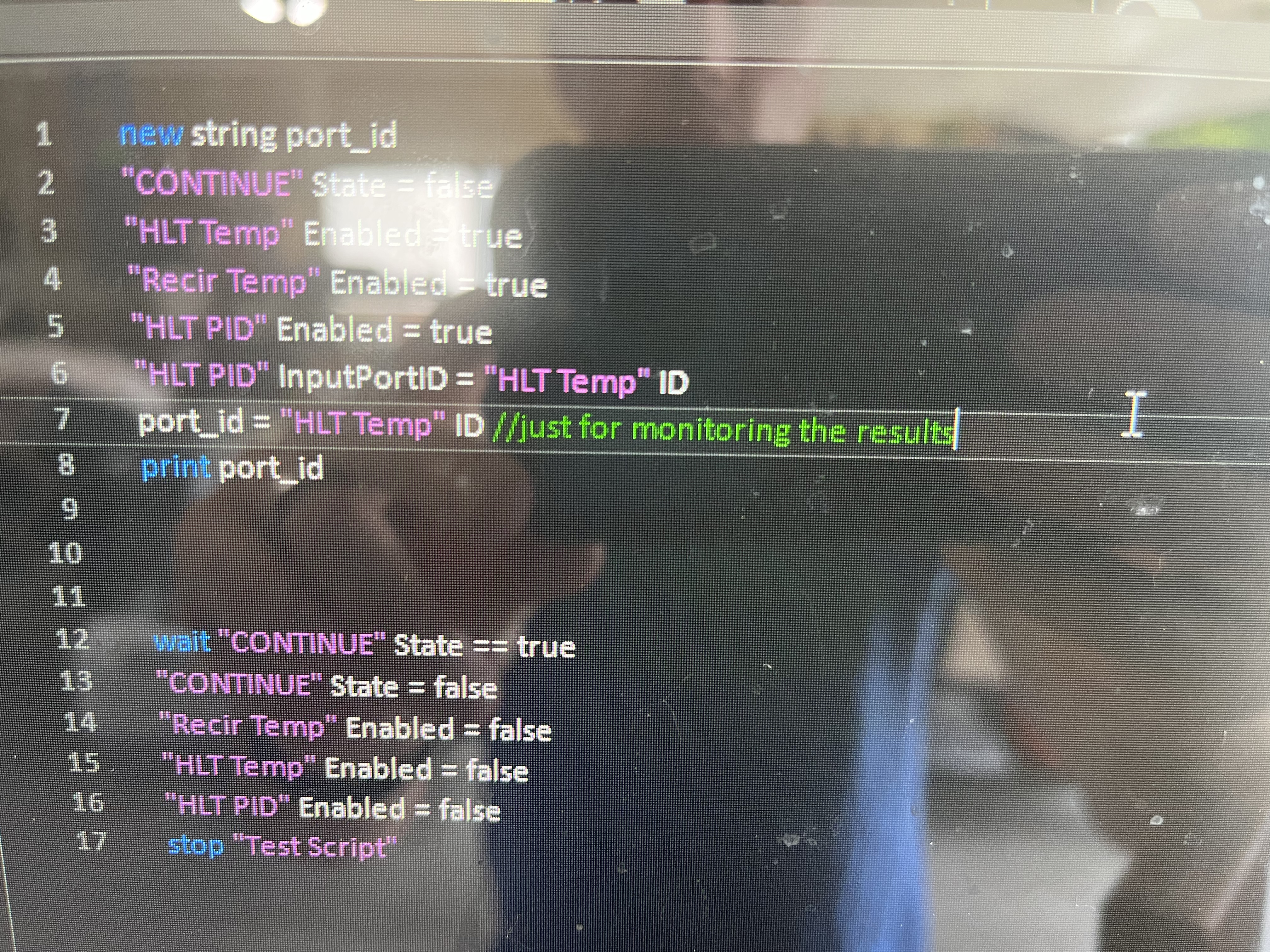OK if the regulator has two grounds. Tie them together and to the central ground like you did. What is the digital input element reading?
Do you have a volt meter by chance? It would be good to measure the voltage at the pin to see if it is 3.0V in one state and 0V in the other (float switch triggered).
Do you have a volt meter by chance? It would be good to measure the voltage at the pin to see if it is 3.0V in one state and 0V in the other (float switch triggered).

























































![Craft A Brew - Safale BE-256 Yeast - Fermentis - Belgian Ale Dry Yeast - For Belgian & Strong Ales - Ingredients for Home Brewing - Beer Making Supplies - [3 Pack]](https://m.media-amazon.com/images/I/51bcKEwQmWL._SL500_.jpg)

